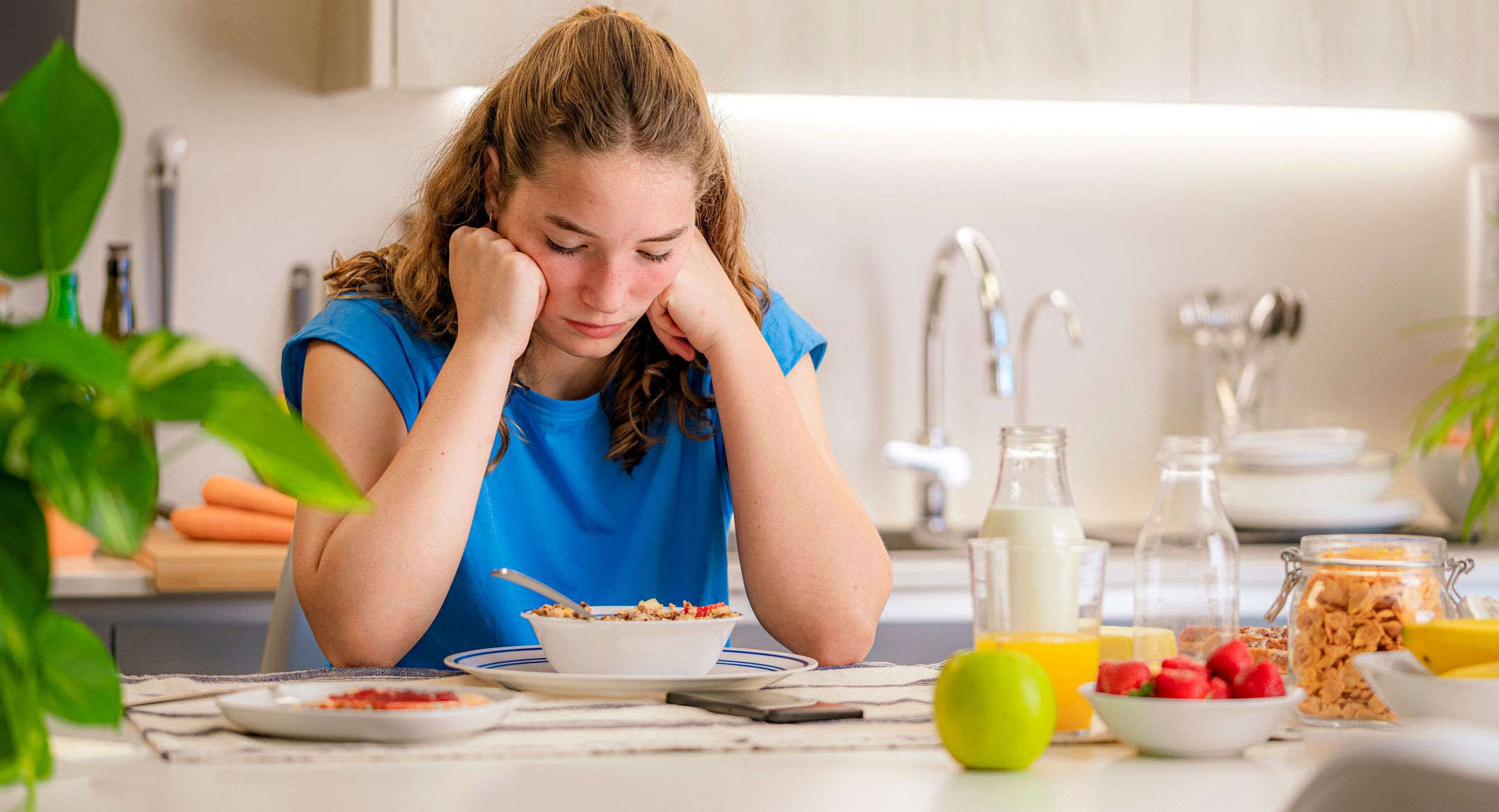Also known as “von Recklinghausen disease,” neurofibromatosis type 1 is a rare genetic multi-organ disease. A common feature of neurofibromatosis type 1 that can be diagnosed early in its course by modern diagnostic techniques is choroidal abnormalities. This has also been incorporated into the 2021 revised diagnostic criteria of the International Consensus Group on Neurofibromatosis Diagnostic Criteria.
The incidence of neurofibromatosis type 1 (NF1) is reported to be 1:3000, with NF1 occurring approximately 50% familial and 50% sporadic, respectively [1]. NF1 is associated with a significantly increased risk of specific tumors [2,3]. It is named for the dermal neurofibromas that occur in a large proportion of adults with NF1. With complete penetrance and heterogeneous expression, NF1 has a pleiotropic character: impairments of various organ systems include malformations of the skeletal system, cardiovascular abnormalities, and neurocognitive impairment [4]. This requires comprehensive multidisciplinary care of the affected individuals along with accurate differential diagnosis. Almost all patients with NF1 have café-au-lait spots, which are usually present in the first year of life and are the earliest diagnostic feature of the disease [4]. In addition to the appearance of tumors, other changes in the skin as well as bones, blood vessels and eyes are characteristic. Moreover, neuropsychological deficits such as attention deficit disorder, learning difficulties and partial performance disorders may develop. The currently applicable diagnostic criteria for NF1 can be seen in Table 1 [4,5]. Cardiovascular, ocular, neurological, and orthopedic manifestations should be treated by specialists [6]. Cutaneous or subcutaneous neurofibromas can be surgically removed, but plexiform neurofibromas are more difficult to treat [6].
Do not miss choroidal anomalies
Choroidal anomalies are asymptomatic, pale, ovoid nodules localized around axons and composed of hyperplastic Schwann cells and melanocytes [4]. Choroidal abnormalities are very common in NF1 and can be diagnosed early by methods such as optical coherence tomography (OCT) and confocal laser scanning ophthalmoscopy with near-infrared reflectance imaging.
While Lisch nodules of the iris usually do not appear until 5 to 6 years of age, choroidal abnormalities are often visible earlier and occur in 60-79% of NF1 patients under 12 years of age. In particular, in children younger than 7 years of age who have only café-au-lait spots with or without freckling, choroidal abnormalities may contribute to the differential diagnosis [7–10]. Choroidal abnormalities are found in over 95% of cases of adults with NF1, in contrast to extremely rare in healthy controls [8–11]. In healthy individuals, choroidal abnormalities occur at most as single lesions, whereas in NF1 patients they are often present in multiple numbers.
Literature:
- “Neurofibromatosis Type 1,” Institute of Clinical Genetics, www.uniklinikum-dresden.de/de/das-klinikum/kliniken-polikliniken-institute/kge/patienten-ambulanz,(last accessed Mar. 31, 2023).
- Uusitalo E, et al: Breast cancer in neurofibromatosis type 1: overrepresentation of unfavourable prognostic factors. Br J Cancer 2017; 116: 211-217.
- Hirbe AC, Gutmann DH: Neurofibromatosis type 1: a multidisciplinary approach to care. Lancet Neurol 2014; 13: 834-843.
- Kehrer-Sawatzki H, Farschtschi S, Mautner VF: Revised diagnostic criteria for neurofibromatosis type 1 (NF1) allow early precise differential diagnosis differentiation from other RASopathies and facilitate diagnosis. Monatsschr Kinderheilkd 2021,
https://doi.org/10.1007/s00112-021-01323-5. - Legius E, et al: Revised diagnostic criteria for neurofibromatosis type 1 and Legius syndrome: an international consensus recommendation. Genet Med 2021, https://doi.org/10.1038/s41436-021-01170-5
- “Neurofibromatosis Type 1,” www.orpha.net,(last accessed Mar. 31 , 2023).
- Viola F, et al: Choroidal abnormalities detected by near-infrared reflectance imaging as a new diagnostic criterion for neurofibromatosis 1. Ophthalmology 2012; 119: 369-375.
- Goktas S, et al: Frequency of choroidal abnormalities in pediatric patients with neurofibromatosis type 1. J Pediatr Ophthalmol Strabismus 2014; 51: 204-208.
- Parrozzani R, et al: In vivo detection of choroidal abnormalities related to NF1: feasibility and comparison with standard NIH diagnostic criteria in pediatric patients. Invest Ophthalmol Vis Sci 2015; 56: 6036-6042.
- Vagge A, et al: Choroidal abnormalities in neurofibromatosis type 1 detected by near-infrared reflectance imaging in paediatric population. Acta Ophthalmol 2015; 93:e667-71.
- Cassiman C, et al: Choroidal abnormalities in café-au-lait syndromes: a new differential diagnostic tool? Clin Genet 2017; 91: 529-535.
GP PRACTICE 2023; 18(5): 48
InFo NEUROLOGY & PSYCHIATRY 2023; 21(3): 40.












